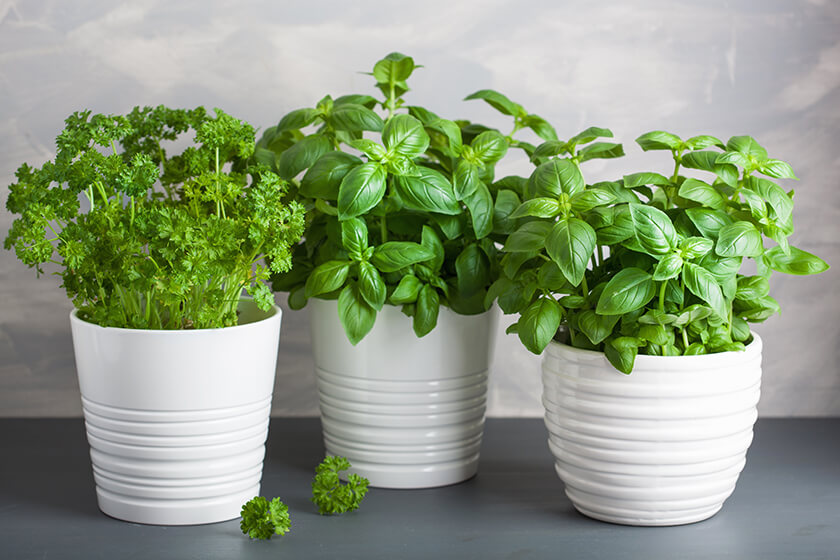You’re finally retired and decided it’s time to start your first indoor garden. You could use the space for growing vegetables or herbs, but maybe you want a tropical plant that will fill up a corner of your living room. Regardless of what kind of greenery you plan on cultivating in retirement communities, there are several things you need to consider before planting anything—and these tips are especially relevant if you live in an assisted living community or senior home that doesn’t allow residents to grow plants inside their apartments.
Find Out Where You’re Allowed To Plant
One of the most important things to consider when planting an indoor garden is where you’re allowed to plant. You may be surprised by what your retirement community has in store for any plants you want to grow.
Some communities have strict rules about where residents can plant, so checking the rules and regulations before beginning any project is essential. Start by asking your property manager or someone who works at the complex if there are any restrictions on gardening, then ask other residents as well. Talking with people in your community will help you better understand how much freedom you have when gardening, doing planning and building more accessible.
If all else fails, reach out for help! Ask friends and family members about their experience growing plants indoors or talk with gardening store experts (especially those specializing in indoor gardens).
Choose The Right Tools
Now that you’ve decided to start your indoor garden, it’s time to get the right tools. You will need a place to plant, pots, and soil. You will also need plants and seeds, water and fertilizer; pest control products; tools for pruning branches; a greenhouse, if possible, and protection from disease-causing organisms like fungus or bacteria.
Organic Potting Soil Is Your Friend
If you’re interested in gardening, the first thing to do is invest in some organic potting soil. You can get it at any garden center or on Amazon. It’s worth paying a little more for this stuff because it’s better for your indoor environment and the environment! The best way to make sure that your plants are healthier and happier is by using natural ingredients like compost, peat moss, and wood chips from fallen trees instead of chemicals like fertilizer made from toxic chemicals like ammonia nitrate, which can be harmful when inhaled by humans or pets who live with them.
Pick The Right Plants To Grow
You’ll want to pick plants that are easy to grow and ones that will produce in the season you’re growing them. For example: if you’re starting your first indoor garden in retirement communities during the winter, you’ll want to choose plants that can survive cold temperatures. Another example: if it’s summertime and there’s rain pouring from the sky every single day, a tomato plant probably isn’t work out for you. You need something more like an herb or lettuce!
Regardless of whether it’s winter or summer outside, some plants may not be in the season where they were grown (or even shipped). This isn’t always true—some things can last all year long—but, if possible, try sticking with what is locally grown during these months, so nothing gets wasted on transportation costs!
Be Vigilant For Pests And Insects
You will also want to be vigilant regarding pests and insects. Using natural remedies can help you get rid of pests gently and effectively. If you find a pest or insect, isolate it from the rest of your plants as soon as possible so that it doesn’t spread its damage throughout the entire garden. If pesticides are a concern for you, there are organic options available for both bugs and weeds.
Conclusion
If you are interested in starting an indoor garden, take the time to plan ahead and make sure you do things properly and safely.







